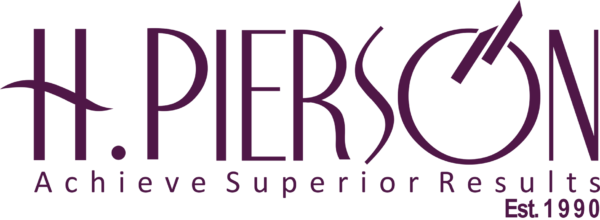Collectively, we have spent over 40 years researching this question. Our research on innovation styles identifies and examines the different preferences and roles people take on when pursuing innovation. By understanding this concept, organizations can better identify where specific people are needed and who should work together to generate new breakthrough ideas.
Our latest study relies on data collected between October 2006 and January 2021, across as many people in as many organizations as possible. Over 100,000 people — 112,497 to be precise, with nearly equal parts men and women — responded to the call, and we continue to collect data every day. Respondents came from 84 countries and work in a wide variety of companies and industries, including Microsoft, ArcelorMittal, Boston Symphony Orchestra, NASA, United Way, and Harvard University (and Harvard Business Review!).
Each respondent told us about what they like to do and what they do well when they solve problems (and what they do not like or do not do well). These answers revealed an individual’s preference for one of four unique innovation styles, each of which maps onto a distinct phase of a four-stage innovation process. Each style has a role to play in your organization, starting with finding new problems (generators), thoroughly defining problems (conceptualizers), evaluating ideas and selecting solutions (optimizers), and implementing selected solutions (implementers).
All four styles are necessary for innovation. Understanding which employees fall into which style enables an organization to manage their innovation efforts more effectively. However, in our experience, most organizations are lacking in some innovation styles — particularly generators — and we will be providing steps to help overcome this deficiency.
The Four Innovation Styles Defined
Generators
Find new problems and ideate based on their own direct experience. For them, physical contact with, and involvement in, the real-world alerts them to unresolved gaps and inconsistencies — problems that might be worth addressing as opportunities and possibilities. However, generators only find these problems at a high level; they do not necessarily gravitate towards articulating a clear understanding of a problem’s specifics or its potential solutions.
Across all organizational levels, generators are rare. Overall, just 17% of our sample were generators: 19% of executive managers, 18% of middle managers, 15% of supervisors, and 16% of non-managers. This means that, unless leaders are deliberate about including generators on teams, they may not be represented at all. Generators are perceptive of the world around them, and initiate and proliferate opportunities. So, a lack of generators makes it more likely that an organization will miss opportunities for valuable change. Given the importance of cognitive diversity in groups, this is a potential detriment to innovation performance.
Conceptualizers
Define the problem and prefer to understand it through abstract analysis rather than through direct experience. Like generators, they like to ideate; but in contrast they prefer to model the problem clearly — integrating the various parts, relationships, and insights together — which can then be used as the basis for one or more solutions.
Conceptualizers are the second rarest innovation style, making up only 19% of the sample. They are relatively evenly represented across most occupational levels, with 17%, 18%, and 17% of non-managers, supervisors, and middle managers as conceptualizers, respectively. But more
executives — 25% percent — are conceptualizers. This likely reflects the specific cognitive demands for that role: executive managers must strategically plan for more distant goals, rather than execute more tactical tasks.
Optimizers
Evaluate ideas and suggest solutions. They prefer to systematically examine all possible alternatives in order to implement the best solution among the known options.
Optimizers are most common among lower occupational levels (27% of non-managers) and decrease with a rise in occupational levels (23% of supervisors, 22% of middle managers, and 20% of executives). Because most solutions are implemented at lower levels of hierarchy, it makes sense that occupations at these levels are more likely to engage in optimization.
Implementers
-Put solutions to work. They enthusiastically (and sometimes impatiently) take action, experimenting with new solutions before mentally testing them and then make adjustments based on the outcome of these experiments.
Implementers are the most common innovation style, representing 41% of our survey respondents. Thirty six percent of executive managers are implementers, but are about as common among non-managers (41%), supervisors (44%), and middle managers (43%).
Challenges for Organizations
Two findings should stand out to managers. First, innovation styles are, generally, not evenly distributed. It is striking that only about 17% of individuals in our study were found to be generators while 41% were implementers. Second, people tend to sort into different occupational roles and levels of management based on their innovation style. For instance, generators are predominantly found in non-industrial occupations and conceptualizers are most common in strategic planning and organizational development.
These two findings contribute to the same problem: the organizations and teams you are working with are likely to lack the right balance of styles and be insufficiently cognitively diverse. If cognitive differences are unevenly distributed (e.g., there are more implementers and fewer generators) — and if people will choose roles and organizations based on their innovative style preference (e.g., generators are more likely to become artists and teachers, not executives and engineers) — we would expect most organizations and teams to lack the ideal cognitive diversity for innovation.
References:
Culled from https://hbr.org/2022/10/4-types-of-innovators-every-organization-need


